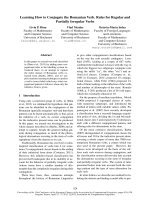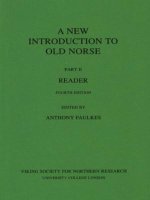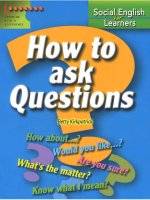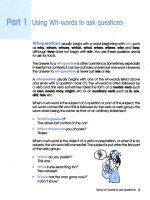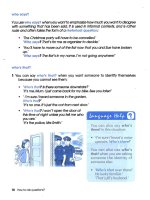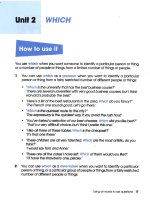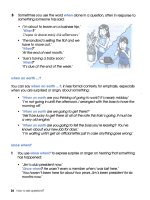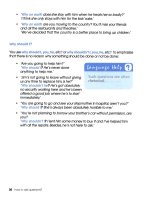How to conjugate verbs part II
Bạn đang xem bản rút gọn của tài liệu. Xem và tải ngay bản đầy đủ của tài liệu tại đây (14.89 KB, 1 trang )
How to conjugate verbs – part II
In English, we indicate the time of the action by conjugating verbs.
Step 3
Find out the appropriate auxiliary verbs.
Once you have figured out WHEN the action happens, you can start conjugating. You just need to know the
different auxiliary verbs used to form different tenses.
The auxiliaries used in the simple present tense are:
do
and
does.
Did
is used in the simple past tense.
Has,
have
and
had
are used to form perfect tense forms. Continuous forms are formed with
is, am, are, was
and
were.
Use
do
with I, we, they and you.
Use
does
with he, she and it.
Use
is
with he, she and it.
Use
are
with you, they and we.
Use
am
with I.
Use
have
with I, we, you and they.
Use
has
with he, she or it.
Use
was
with I, he, she and it.
Use
were
with you, they and we.
Once you have figured out which auxiliary verbs are to be used, you need to find appropriate verb forms that go
with them.
Note that with
do, does
and
did
, we use the first form of the verb.
I did not say anything. (NOT I did not said anything.)
He does not work here. (NOT He does not working here.) (NOT He does not worked here.)
With
has, have
and
had
we use the past participle form of the verb.
They have arrived.
It has happened in the past.
She had returned home before it started raining.
With
is, am, are, was
and
were,
we use the
–ing form
of the verb.
She is working.
They are playing.
I was sleeping.
They were waiting.
Be first to know when grammar rules change! Sign up to our newsletter here: englishgrammar.org (It's free)
Powered by TCPDF (www.tcpdf.org)
